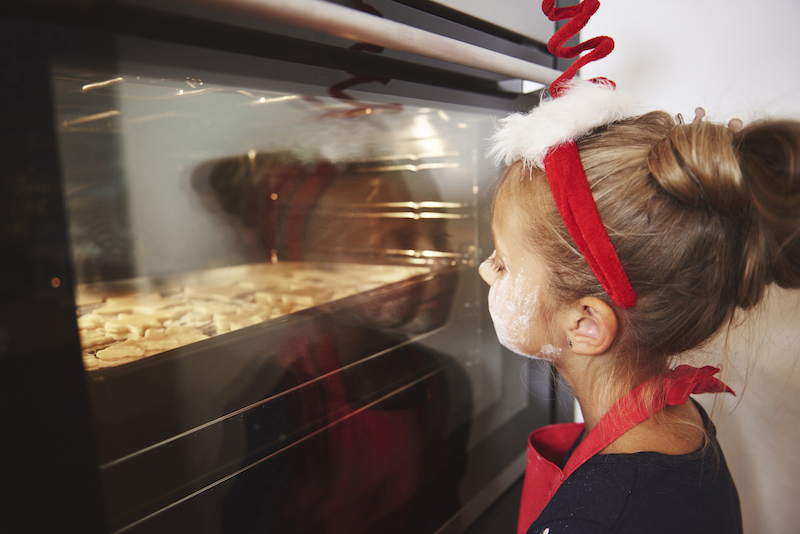Topics

PHOTO: Getty Images
As the holiday season continues, there are some things we need to keep in mind to have a safe and fun holiday season. Cooking, decorating and gifting, among other events, take place during this special time. It’s important to enjoy, but also be cautious at the same time. Below are some tips to consider.
Burn and scald prevention tips
Fire/burn related injuries are among the leading ten causes of unintentional injury in children ages 0 to 5, with children 2 and younger at greatest risk. Something we shouldn’t forget is that young children have thinner skin than adults do, which can result in more serious injuries from a burn or scald. One way young, curious kids learn about their surroundings is through touching and sometimes when exploring, it can lead them to reach out and touch hot objects, resulting in an injury.
The smell of cookies baking in the oven or tasty sauces simmering on the stovetop are hard to resist for adults and kids alike. Here are a few simple steps to keep your little chef safe from potential burns, whether in the kitchen, around a fireplace or in any other part of your home.
Create a kid-free zone. Teach younger children to stay at least three feet away from your cooking space. If you need to watch babies while cooking, place them in highchair outside of the kid-free zone where you can see them.
- Kids love to reach, so to prevent hot food or liquid spills, simply use the back burner of your stove and turn pot handles away from the edge. Keep hot foods away from the edge of your counters.
- Use oven mitts or potholders and keep hot foods and liquids away from table and counter edges. Be careful if your oven mitt is hot; when combined with heat, the moisture can cause scalds.
- Slowly open containers that have been in the microwave, as steam can burn little fingers and faces.
Christmas tree safety tips
Having a Christmas tree is part of the holiday fun for many families. If you have a live Christmas tree, there are a couple of items that should be checked:
- Check for fresh, green needles that can't be easily pulled or shaken out, and a sticky trunk.
- Cut off two inches of the trunk to ensure water absorption.
- Water daily.
- Dispose of your tree within two weeks, or sooner if it gets dry.
If you have an artificial tree, there are also things that need to be considered:
- It should be labeled as fire resistant.
- It should be placed at least three feet away from heat sources. One in four tree fires are started when a tree is too close to a heat source.
- Make sure your tree is not blocking an exit.
- Turn off all Christmas tree lights if you’re leaving your home or going to sleep.
- Never connect more than three strings of incandescent lights. More than three strands may not only blow a fuse, but can also cause a fire.
- One-third of Christmas tree fires are due to electrical failures.
- You should only use non-flammable or flame resistant decorations.
When cooking or celebrating with a Christmas tree, be prepared to test your smoke alarms and have a fire extinguisher nearby.
Toy safety tips
Toys and games are tons of fun for kids and adults. Whether your kids are working on a puzzle, playing with building blocks or even inventing their own games, here are some toy safety tips to help them stay safer and have a blast.
In 2016, 174,100 children under the age of 15 were seen in emergency departments for toy-related injuries. That’s 477 kids every day. Almost half of those injured were children age 5 and under.
- Consider your child’s age when purchasing a toy or game. Read the instructions and warning labels to make sure the toy is just right for your child.
- Check to make sure there aren’t any small parts or other potential choking hazards before you settle on the perfect toy.
- Separate toys by age and keep a special eye on small game pieces that may be a choking hazard for young children. Toys intended for older children may pose a risk to younger, curious siblings.
- Use a bin or container to store toys when playtime is over. Make sure there are no holes or hinges that could catch little fingers.
To learn more about Texas Children’s Center for Childhood Injury Prevention, visit our website.